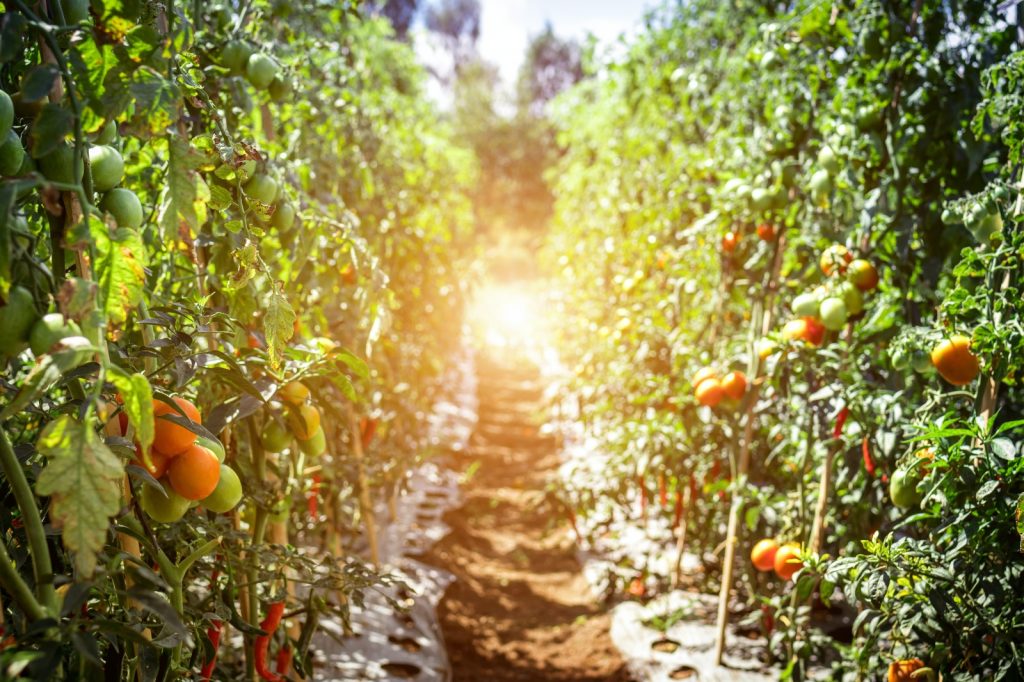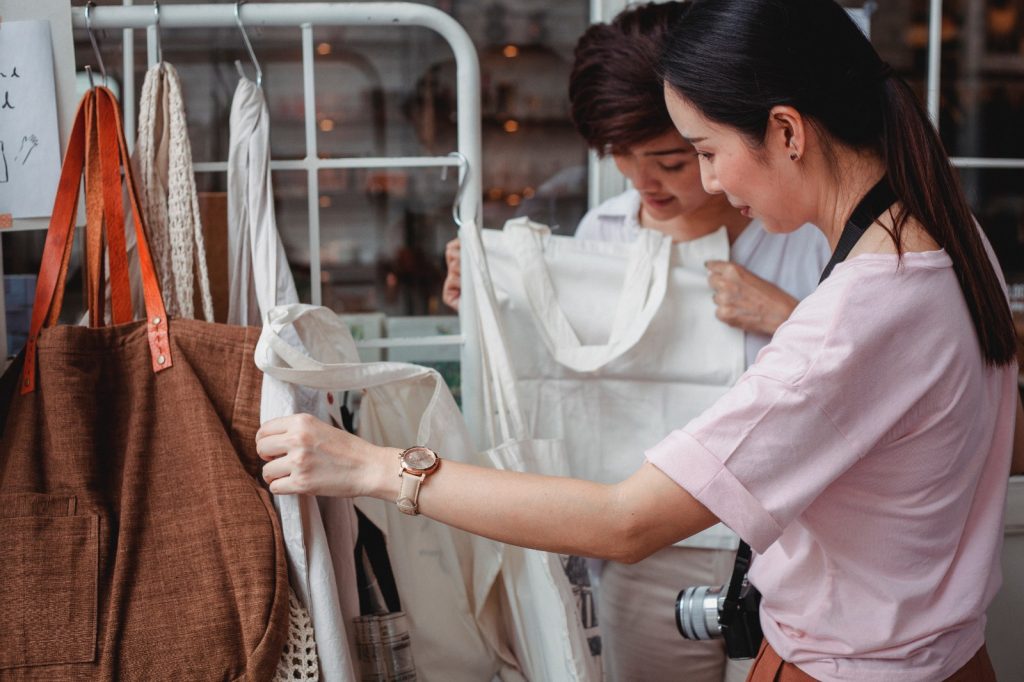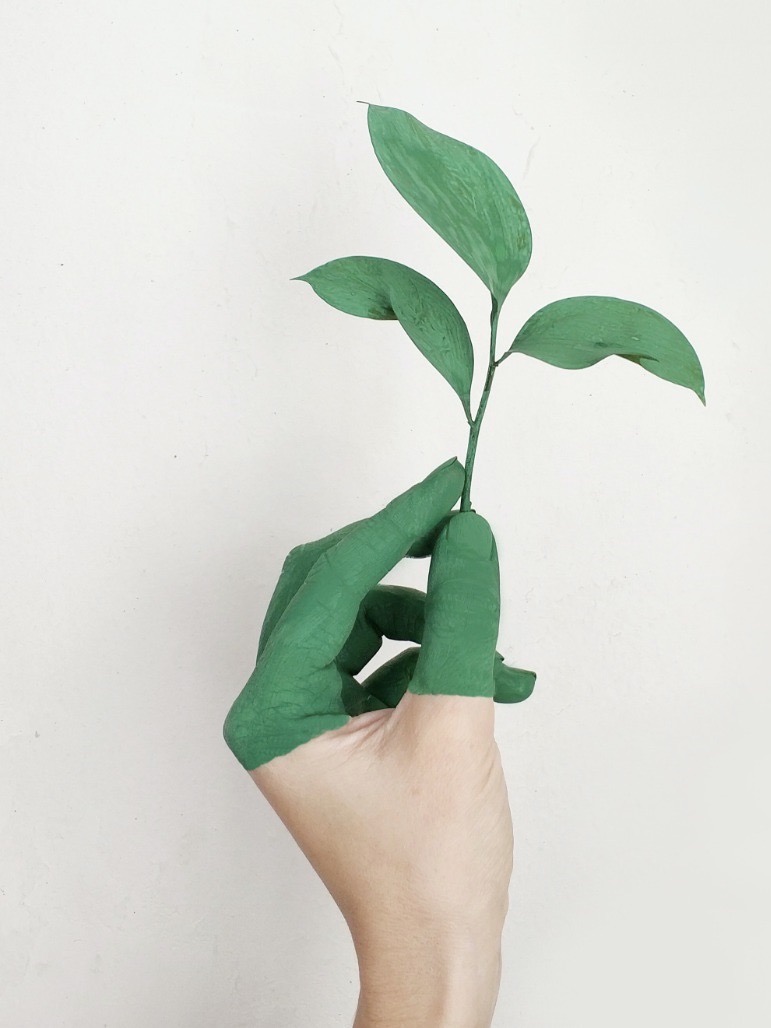Agriculture and fashion aren’t two words that are often used together. When we think of agriculture, we think of planting seeds and harvesting crops. When we think of fashion we think of catwalks and trends and Vogue’s September issue. But, the two are actually very closely linked, and a whole heap of the clothes we have today simply wouldn’t be possible without agriculture.
From cashmere to cotton, the raw materials for many garments are harvested straight from the land or the animals raised on it. In recent years, the sustainable sides of fashion and agriculture have been raising the issue of how eco-friendly the blended industries are, bringing forth the rise of regenerative fashion.

Let’s Start With the Problem
Land use and agriculture are currently responsible for over 20% of global CO2 emissions, making this sector one of the biggest polluters. Of course, it isn’t entirely devoted to sourcing materials for the fashion industry; the land is also used to farm food or chop down trees for timber. Clothing isn’t the sole polluter here, but it does contribute.
The Fashion Industry Can’t Ignore the Issue
So, there’s a clear problem with agriculture which the fashion industry is directly linked to. It’s a problem that can’t be ignored, but that, unfortunately, has been for many, many years.
Luckily for all of us, change does appear to be coming. Just recently, the Textile Exchange – a non-profit organisation driving positive climate action in the textile industry – published a lengthy and detailed report that looks at the issue of agriculture pollution and how we can solve it. Sponsored by Kering and J Crew Group, the report opens up the world of agriculture in fashion, highlighting the damage it can have to the planet and showing what we can do to reverse this. This is where regenerative agriculture (and regenerative fashion) come in.
As the report rightly says, the fashion world can’t afford to ignore regenerative agriculture, and we wholeheartedly agree.
What is Regenerative Agriculture?
Regenerative fashion all starts with regenerative agriculture. Funnily enough, regenerative agriculture could have as much of a positive impact on the planet as non-regenerative agriculture has a negative impact. It could reverse the damage done and be the answer to the crisis. In other words, farming could save the world from farming!
The idea largely works by changing how we farm to put more focus on soil health. It takes into account things like fertilizer use and water management, with the end goal of enhancing the ecosystems across farms and creating positive changes whilst we work the land. It’s a method of agriculture that, rather than destroying the soil it takes from, improves it instead.

The benefits of regenerative agriculture are vast. It can renew soil, improve biodiversity and the quality of organic matter, creating ground that can better deal with both floods and droughts, and create strong yields of high-nutrient crops. Most importantly, it creates soil that can literally pull carbon dioxide out of the atmosphere and store it in itself. That’s a pretty amazing solution to a complex problem.
What Is Regenerative Fashion?
Regenerative fashion is clothing made from materials sourced from these regenerative agriculture farms. Not only do these materials not have a negative impact on the planet, but they can also actively support positive change. Regenerative agriculture is key to lowering our world’s carbon emissions and absorbing the CO2 we’ve already put out into our atmosphere.

The Textile Exchange’s Report on Regenerative Fashion
The report published by The Textile Exchange highlighted the fashion industry’s need to embrace regenerative agriculture – and quickly. They also noted the many challenges that face fashion brands who are looking to adopt this new way of farming. These included adding new suppliers into an already established supply chain, and tracing regenerative products to ensure they’re certified.
It’s also a long-term investment. Companies who make the move to regenerative agriculture might not see financial payback instantly, but it will come. 67% of consumers now view sustainable materials as an important factor when they choose what to purchase, and that’s only set to increase.
The report also has a large focus on the Indigenous roots of the regenerative movement. They worked with the Intertribal Agriculture Council to acknowledge that this isn’t a new way of farming. The roots of regenerative agriculture come from Indigenous practices, and so should continue to include the Indigenous people and farmers as we move forward.
Is Regenerative Fashion Possible?
Yes – without a doubt! It may almost sound too good to be true – a method of farming that reverses the negative impacts of land use and reduces carbon dioxide in the air – but it absolutely does work. In fact, it already is.
There are some amazing regenerative fashion brands already out there and thriving in the sustainable clothing industry. One such brand is Bedstraw and Madder, an incredible company that creates women’s underwear from materials sourced through regenerative farming. There are absolutely no chemicals involved, they’re dyed using plant dyes, and are completely biodegradable, all whilst supporting lowering carbon emissions through agriculture. Now there’s a brand to shout about!
Shop Regenerative Fashion at Finsu
At Finsu, we love concepts like regenerative fashion and the impact it can have in the world of sustainable fashion – and the world as a whole. But, we also know that to help it grow, conscious consumerism is a must. That’s why we created Finsu, a platform that compiles all of the best sustainable clothing from across the internet into one comprehensive place. Check out our product catalogue and start shopping ethically today!
